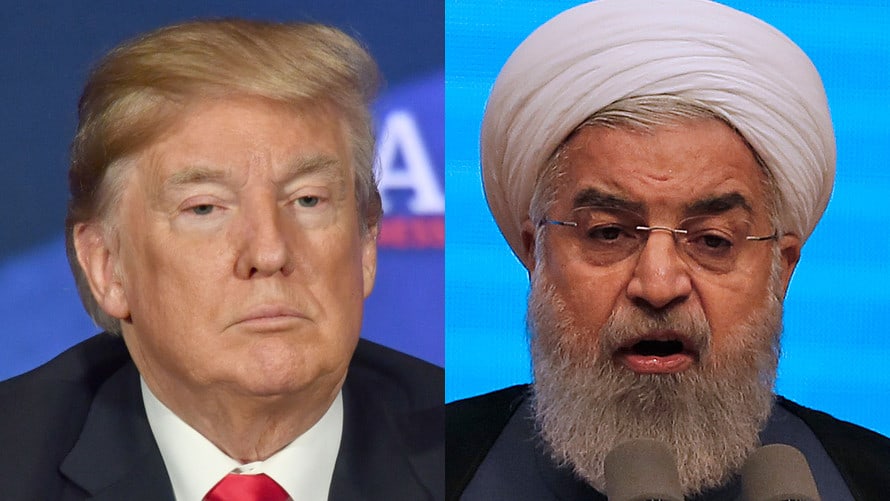
President Donald Trump’s decision to pull the U.S. out of the Iran nuclear agreement and to impose “powerful” economic sanctions on Tehran wasn’t enough to turn oil prices positive on Tuesday.
Oil futures did cut some of their earlier losses to finish off session lows. June West Texas Intermediate crude CLM8, +2.24% the U.S. benchmark, settled at $69.06 a barrel on the New York Mercantile Exchange, down $1.67, or nearly 2.4%, for the session, but up from the day’s low of $67.63. It was trading at around $68.68 before the announcement.
July Brent crude LCON8, +2.42% the global benchmark, ended at $74.85 on ICE Futures Europe, down $1.32, or 1.7%, for the day, after a low at $73.10.
Prices for both WTI and Brent had settled Monday at 3 1/2-year highs.
Iranian production “is unlikely to be significantly impacted by pulling out of the agreement unless [Trump] can convince other allies to reimpose sanctions,” said Jay Hatfield, portfolio manager of InfraCap’s MLP ETF AMZA, +1.09%
He forecasts a range of between $60 and $70 per barrel for WTI this year, and expects “that oil prices could pull back as it becomes obvious that Iranian production is not likely to decline significantly.”
Hatfield also said that he expects to see “some demand curtailment above $70 oil prices and that U.S. producers will incrementally increase drilling, which will limit the potential run up in prices.”
In a monthly report issued Tuesday, the Energy Information Administration raised its 2018 and 2019 forecasts on U.S. crude-oil production. Notably, the agency increased its 2019 domestic crude production forecast by 3.6% to 11.86 million barrels a day.
Gerald Bailey, president of Petroteq Energy Inc., expected an initial dip in oil prices following Trump’s decision, “because people don’t know whether the trade stopping will hurt businesses or not.”
“The U.S. is not dependent on Iran unlike Europe, who will not back out because Iran buys a lot from Europe,” he said. “Europe will not want to upset Iran.”
Read: Here’s what sanctions on Iran could do to global oil supply and prices
But prices are poised to turn higher again. In the long run, the U.S. decision will lead to less available oil, so prices will go up, Bailey said. “We’re not talking about big spikes, but there is some uncertainty here.”
“If Iran threatens to resume nuclear testing and the U.S. is concerned, any type of confrontation will drive the prices up even more,” he added. “Especially if words or confrontation turn to action.”
Matt Badiali, senior research analyst at Banyan Hill, meanwhile, said that despite the current weakness in oil prices, it wouldn’t be surprising to see prices “climb steadily and react quickly to the upside on any bad news.”
“I expect to see quick price hikes and slow falls for the next six months,” he said.
Attention in the oil markets will now start to shift to Venezuela’s presidential election set for May 20, said James Williams, energy economist at WTRG Economics.
He pointed out that the Venezuelan rig count as of April was the lowest in 15 years. Baker Hughes pegged Venezuela’s rig count at 36 in April.
“The last time it was this low was a result of the PdVSA strike against [President Hugo] Chavez” but this time around, the low rig count is due to the “failure to reinvest in maintaining capacity and because workers often have difficulty feeding their families.”
